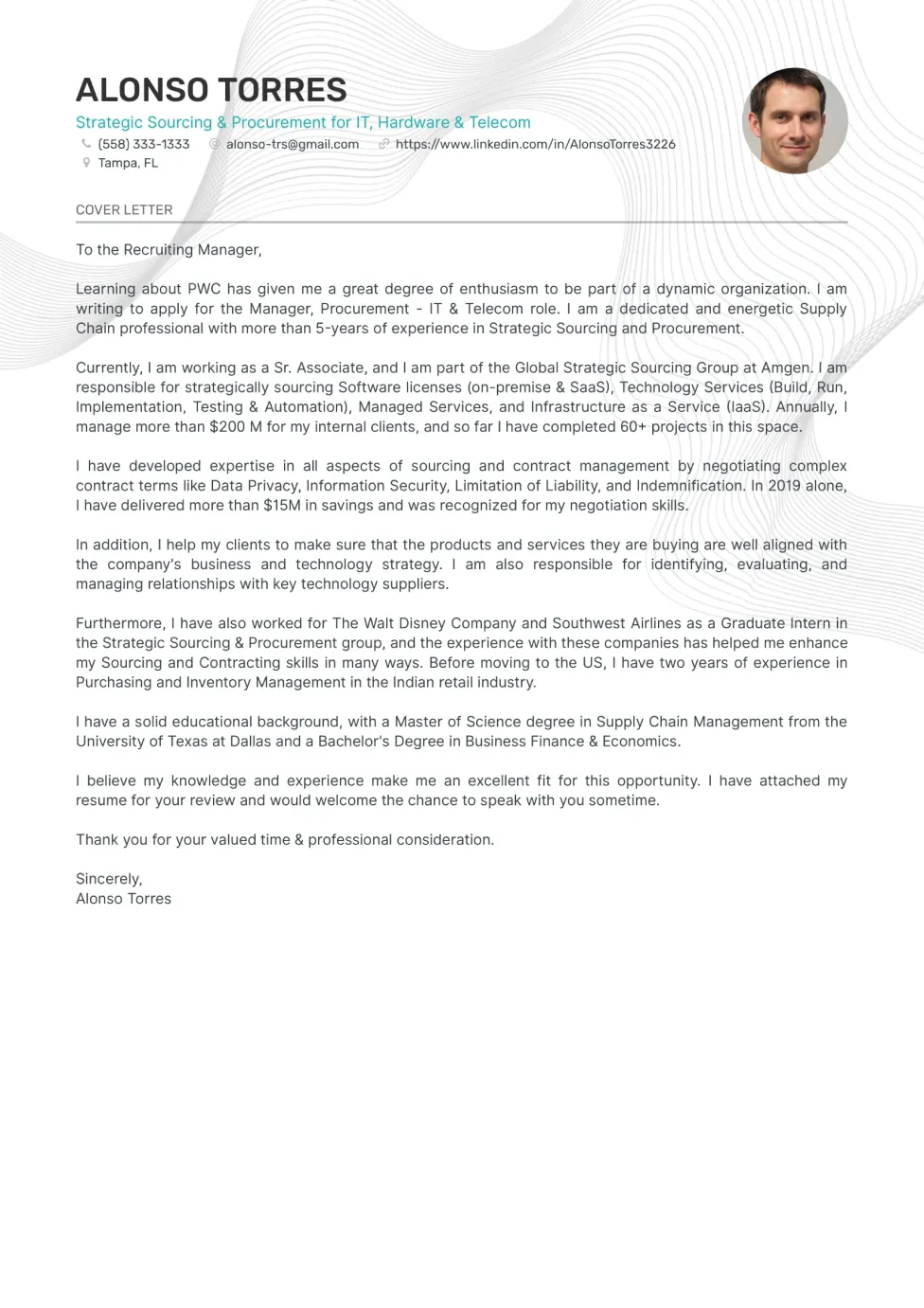Crafting a Cover Letter & Resume That Stands Out
In the competitive landscape of job applications, your cover letter and resume are your primary marketing tools. They are the first impression you make on potential employers, and it’s crucial to ensure they are compelling and professional. A well-crafted cover letter and resume can significantly increase your chances of getting noticed and landing an interview. This guide provides seven essential tips to help you create application materials that stand out, demonstrate your value, and ultimately, help you get hired. This is about more than just listing your experience; it’s about telling your story and showcasing why you are the perfect fit for the role.
Highlighting Your Skills and Experience
Your resume and cover letter are your chance to shine a spotlight on your skills and experience. Start by creating a skills section that clearly outlines both hard and soft skills relevant to the jobs you are applying for. Quantify your accomplishments whenever possible using numbers and data to demonstrate the impact you’ve made in previous roles. For each role, describe your responsibilities and also highlight specific achievements. Did you increase sales? Improve efficiency? Lead a successful project? These are the details that grab a hiring manager’s attention.
Tailoring Your Documents to the Job
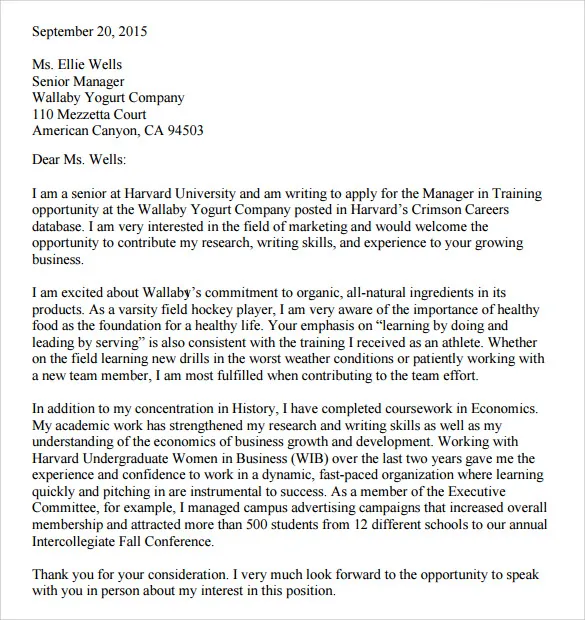
Generic applications often end up in the rejection pile. Take the time to tailor your cover letter and resume to each specific job you’re applying for. Carefully read the job description and identify the key requirements and keywords. Adjust your resume to reflect these, emphasizing the skills and experiences that align with the employer’s needs. In your cover letter, specifically address how your qualifications and aspirations match the role and the company culture. This level of customization shows that you’ve done your homework and are genuinely interested in the opportunity.
Showcasing Achievements Not Just Responsibilities
While listing your job responsibilities is important, it’s equally crucial to showcase your achievements. Instead of just stating what you did, explain the results you achieved. Use action verbs to describe your accomplishments and quantify your impact whenever possible. For example, instead of saying “Managed social media accounts,” say “Increased social media engagement by 30% in six months.” This approach not only demonstrates your capabilities but also shows potential employers the value you can bring to their organization. Use the STAR method (Situation, Task, Action, Result) to structure your achievement descriptions for clarity and impact.
Understanding the Purpose of Each Document
Your cover letter and resume serve different purposes in the job application process, so it’s important to understand how they complement each other. The resume provides a concise overview of your skills, experience, and education. It’s a factual document that quickly highlights your qualifications. The cover letter, on the other hand, is your opportunity to tell your story, express your interest in the specific role and company, and elaborate on how your skills align with the job requirements. Together, these documents offer a comprehensive picture of your qualifications and personality.
The Role of the Cover Letter
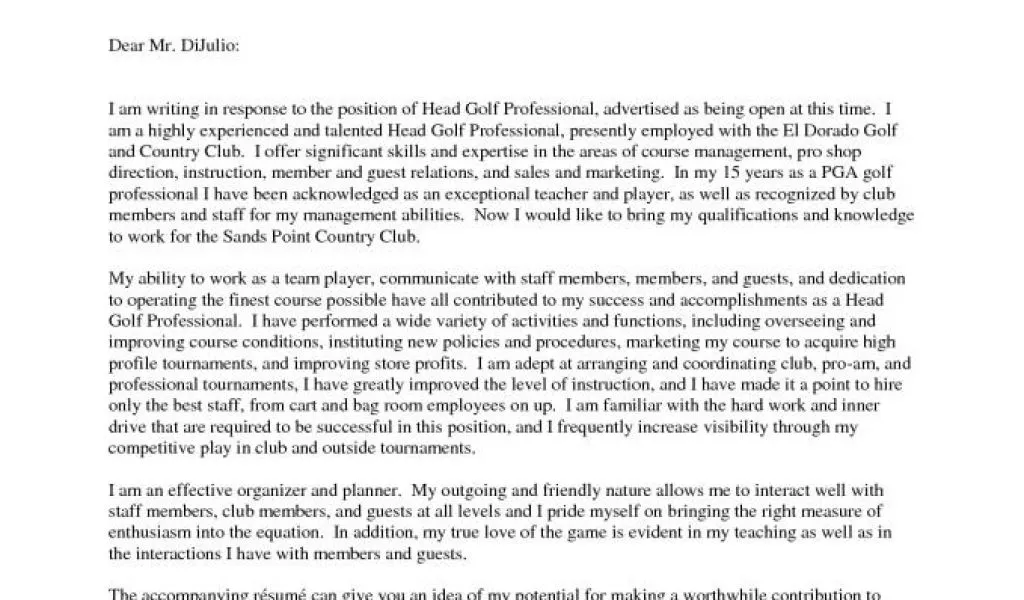
The cover letter is where you make a personal connection with the hiring manager. Use it to explain why you are interested in the specific job and company. Highlight the skills and experiences that make you a great fit, and elaborate on your achievements in a way that brings your resume to life. Show enthusiasm for the role and demonstrate that you understand the company’s mission and values. A well-written cover letter can set you apart from other applicants and increase your chances of getting an interview.
The Importance of a Strong Resume
Your resume is a concise summary of your professional journey. It should be easy to read, well-organized, and free of errors. Focus on presenting your most relevant skills and experiences in a clear and impactful way. Use bullet points to highlight your accomplishments and quantify your results whenever possible. Tailor your resume to each job, emphasizing the skills and experiences that align with the job description. Keep it updated with your latest achievements and always proofread it carefully before submitting it.
Designing for Readability and Impact
The visual appearance of your cover letter and resume is just as important as the content. A well-designed document is easier to read and more likely to capture a hiring manager’s attention. Choose a clean, professional font and use clear headings, bullet points, and white space to organize your information. Avoid cluttered layouts and excessive use of bolding or underlining. Make sure your documents are consistent in style and formatting. A polished presentation demonstrates your attention to detail and professionalism.
Formatting Your Cover Letter & Resume
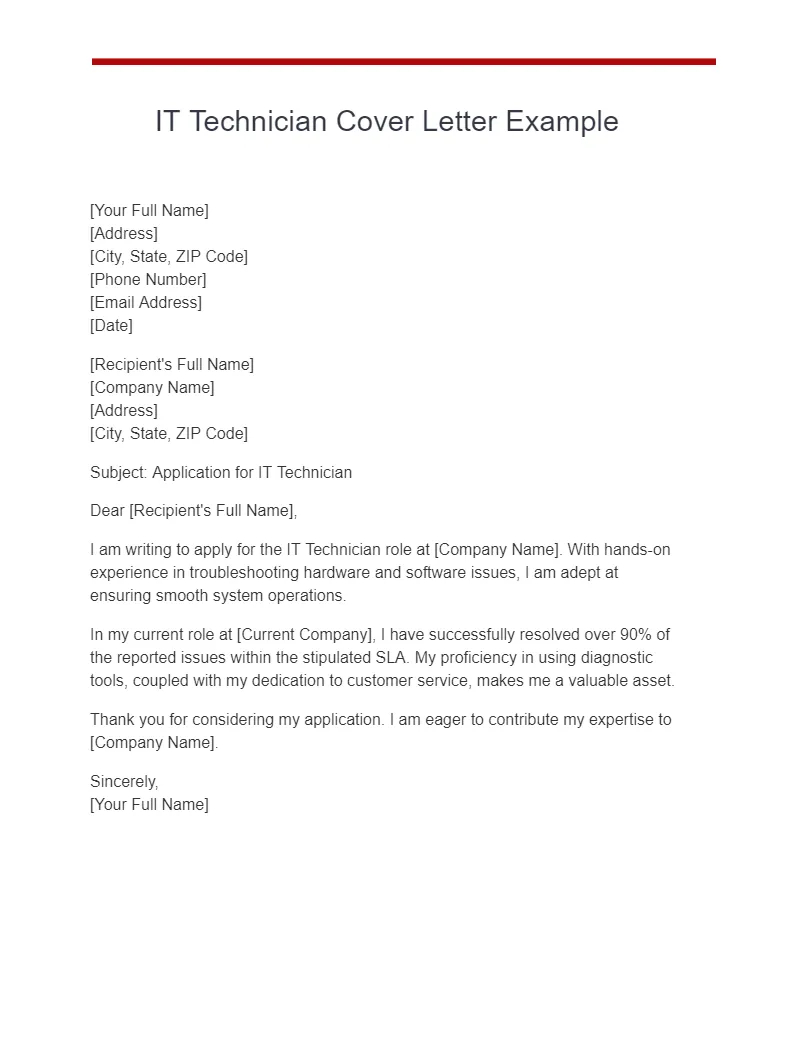
Consistency is key when formatting your cover letter and resume. Use the same font, font size, and style for headings and body text in both documents. Maintain consistent margins and spacing throughout. If you’re submitting a digital application, save your documents in a professional format such as PDF to ensure that your formatting is preserved. Proofread both documents carefully to catch any formatting errors.
Choosing the Right Font and Layout
The right font can make a big difference in the readability of your documents. Choose a clear, professional font such as Arial, Calibri, or Times New Roman. Keep the font size between 10 and 12 points for body text and use slightly larger sizes for headings. A well-structured layout with clear headings, bullet points, and sufficient white space will help readers easily scan your resume and cover letter. Avoid using too many different fonts or styles, as this can make your documents look cluttered and unprofessional.
Proofreading and Editing Your Application
Errors in grammar and spelling can undermine your credibility and make a negative impression on potential employers. Before submitting your cover letter and resume, proofread them carefully for any mistakes. Use a spell checker, but also read through the documents manually, as spell checkers don’t always catch every error. Ask a friend, family member, or career advisor to review your documents as well. A fresh pair of eyes can often spot errors that you might miss.
Checking for Grammar and Spelling Errors
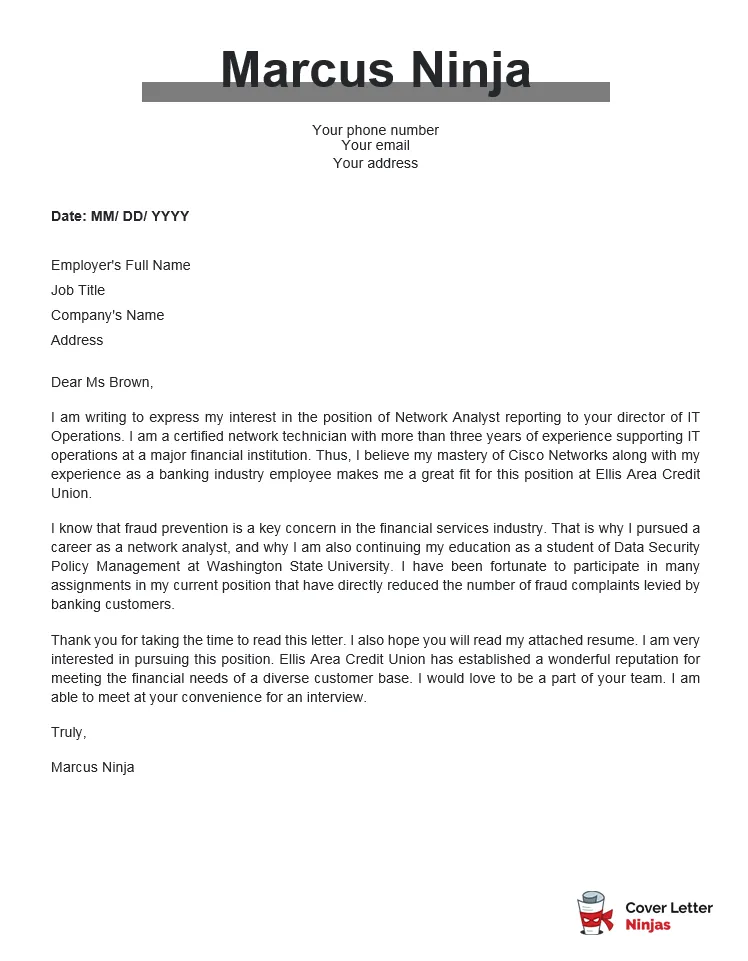
Thoroughly check your cover letter and resume for any grammatical errors and spelling mistakes. Pay close attention to punctuation and sentence structure. Make sure your verb tenses are consistent and that your sentences are clear and concise. Use online grammar and spell-checking tools, but don’t rely on them entirely. Always review the documents yourself to ensure accuracy.
Ensuring Consistency Across Both Documents
Maintain consistency in your cover letter and resume to create a unified and professional impression. Use the same contact information, formatting style, and tone in both documents. Ensure that the skills and experiences you highlight are aligned and complement each other. Make sure the information is current and accurate. This will help reinforce your qualifications and present you as a well-organized and detail-oriented candidate. Consistency builds trust and shows you pay attention to details.
Optimizing for Applicant Tracking Systems (ATS)
Many companies use Applicant Tracking Systems (ATS) to screen resumes. These systems scan your resume for keywords and phrases related to the job requirements. To increase your chances of getting past the ATS, you must optimize your resume. Research the keywords used in the job description and incorporate them into your resume, especially in your skills section and job descriptions. Be aware of the formatting limitations of ATS, and avoid using tables, images, or unusual fonts that might not be read correctly.
Using Keywords Strategically
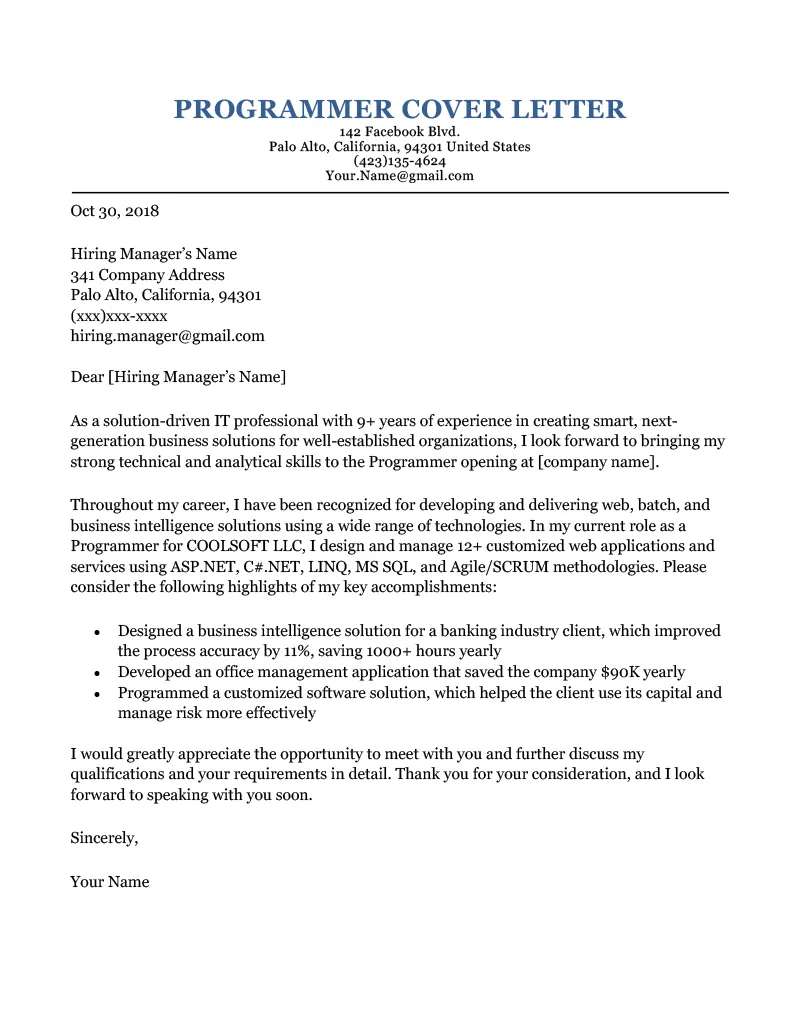
Identify keywords related to the job you’re applying for and incorporate them into your resume and cover letter. Use these keywords naturally throughout your documents, especially in your skills section and job descriptions. Don’t simply list the keywords; integrate them into the context of your achievements and responsibilities. Make sure the keywords are relevant to your skills and experience to demonstrate your qualifications effectively. The goal is to get your resume past the ATS and into the hands of a hiring manager.
Avoiding Common ATS Pitfalls
Be aware of the formatting limitations of Applicant Tracking Systems. Avoid using complex formatting, such as tables, images, or unusual fonts, as these elements may not be read correctly by the ATS. Save your resume in a common format like .docx or .pdf. Keep your resume simple and easy to scan. Avoid headers and footers, as they might interfere with the ATS processing. Always test your resume using an ATS checker to ensure that it can be read correctly.
Networking and Following Up
Networking and following up are crucial parts of the job search process. Inform your network that you’re looking for a new opportunity. Reach out to contacts in your field and ask for informational interviews. Follow up with hiring managers and recruiters after submitting your application. These steps can significantly increase your chances of getting hired.
Leveraging Your Network
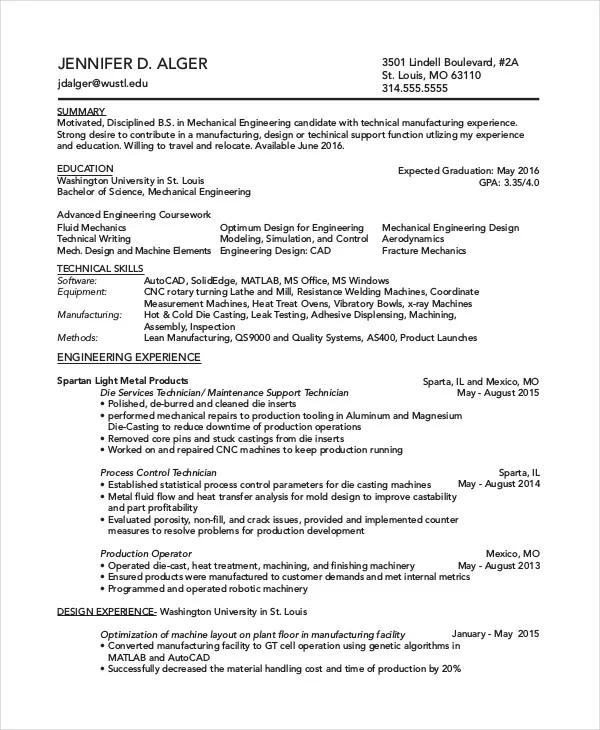
Inform your network – friends, family, former colleagues, and classmates – that you are looking for a new job. Let them know the types of roles you are interested in and the skills you have. Ask them if they know of any opportunities or can connect you with people in your field. Networking can lead to job openings that are not publicly advertised. It’s a powerful tool for finding opportunities and getting your foot in the door.
Following Up After Submission
After submitting your cover letter and resume, follow up with the hiring manager or recruiter, typically within a week or two. Send a brief email reiterating your interest in the position and highlighting one or two key qualifications. This demonstrates your enthusiasm and initiative. However, avoid sending multiple follow-up emails, as this can be perceived as annoying. A well-timed follow-up can remind the hiring manager of your application and increase your chances of getting an interview.
In conclusion, crafting a compelling cover letter and resume is essential for any job seeker. By following these seven tips, you can create application materials that grab attention, showcase your skills and experience, and significantly increase your chances of landing your dream job. Remember to tailor your documents to each job, highlight your achievements, and always proofread carefully. Good luck with your job search!
